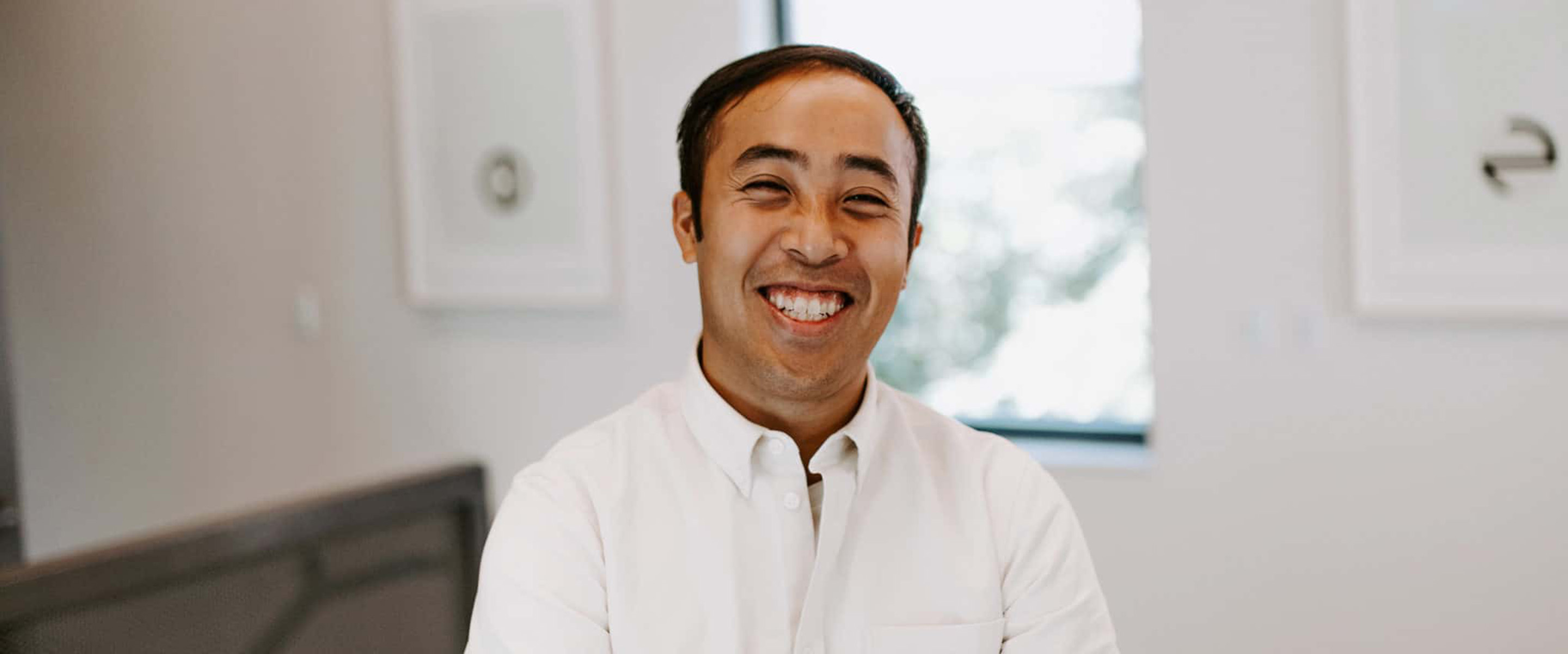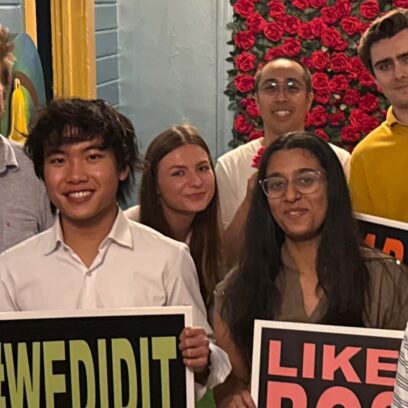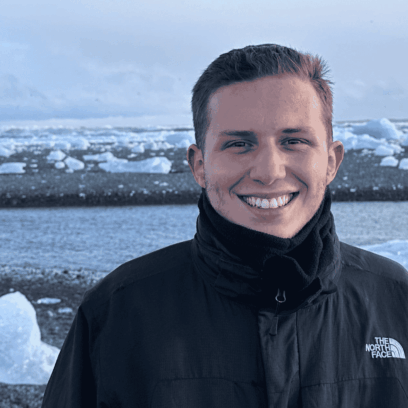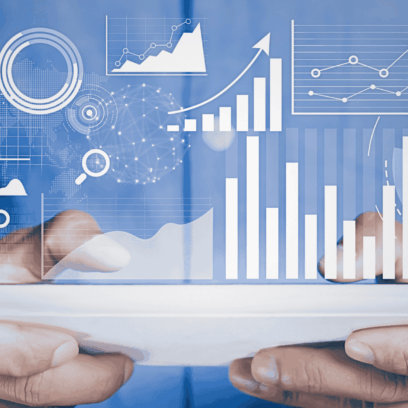Our Story: Becoming Better

How I evolved my energy logistics business to tackle climate change from the inside.
What’s in a name? Everything. That’s why our name says so much about our company, where we’ve been, where we’re going, and how we’re dedicated to working together to reduce carbon and tackle climate change. I’m Tri Vo, and I want to tell you about my long journey to become better. First inspired as a youngster by one of my favorite cartoons, Captain Planet—in which kids known as “Planeteers” would fight eco-terrorist villains—I came to understand that individuals have the power to effect real change.
My first real job was in the oil and gas sector, and it came mostly by chance. With a brand new finance degree from the University of Texas and facing a recession, I simply cold-called every company that I knew was hiring at the time. The first to offer me a job happened to be an energy logistics firm in Houston. Effective problem-solving starts with knowledge, and here was an opportunity to get an expert-level understanding of the energy markets. I eagerly accepted.
I’ve always wanted to do things better. That’s just who I am. Four years after taking that first job, I started my own company, Elevation Energy Group, which moved energy as efficiently as possible across domestic infrastructure. I had some specific goals for this new venture: to push companies that work with us to aim for scale, to be more impactful, and to unpack problems so that it’s easier to work on them in stages.
Before long, we found ourselves navigating a worsening climate and extreme weather events in our energy business. Historically warm winters and polar vortexes became commonplace—along with violent hurricanes, uncontrollable wildfires, and disastrous flooding that destroyed more and more lives and communities. Climate change became very real.
It was time to rethink what we were doing in the sector and take action.
Wanting to better understand how overconsumption has taken us to the brink, I enrolled at the Parsons School of Design at the New School in the MFA Industrial Design Department, while still running Elevation full-time. What I discovered there about making things—design, materials, and user experience—was that environmental impact isn’t often ingrained in the process. Infrastructure is lacking. Climate change problems we’re facing are wickedly tough, and solutions won’t come easily.
I knew our company needed a new direction. We rebuilt our businesses, keeping in mind the need to transition to a net-zero economy. This effort eventually spawned our own climate services practice, with a full spectrum of sustainability and decarbonization offerings. But as my team and I dived deeper into the complexities of the climate markets, we realized that this alone would not be the comprehensive solution to decarbonization we were looking for. Even a subset of companies becoming carbon neutral by 2050 wouldn’t significantly change the course we’re on now.
There was a lot more we could—and had to—do.
“We’re committed to solving complex energy and climate problems to make it easier for companies to take the first step (or next step) toward being better.”
Tri Vo, CarbonBetter’s Founder
Back home in Austin, we explored holistic approaches both big and small. Rather than construct a new headquarters, we revitalized and repurposed a former church using sustainable design and green building practices. Believing in the cumulative impact of small changes, we figured out how to brew a cup of carbon-neutral coffee. Inspired by the impact we were making, we wanted to bring these principles to the carbon economy.
One path was planting trees —a beautifully simple way to reduce carbon. While there’s not enough land to offset all the carbon produced by our continually industrializing society, reforestation offers a circular solution for an energy product (remember, fossil fuels were once plant life). As we researched tree planting at scale, problems emerged. Most programs are not transparent—and little is known about where the trees are planted and who’s actually doing it.
We determined that what’s needed was a reforestation project that made more sense. So using an agroforestry model that delivers carbon sequestration benefits in combination with crop and community benefits, we formed a partnership with a locally supported tree planting program that will ultimately become a self-sustaining pillar of the community.
Every day, we continue to do better. What began as a small energy logistics firm has evolved into a leader in energy logistics and decarbonization services, recognized as Austin's largest minority-owned business and one of the largest privately-owned companies here.
Over the years, we’ve had the honor of working with thousands of clients, from Fortune 100 companies to family-owned businesses. We’ve served industries including Ports & Maritime, Alcoholic Beverages & Distilleries, Consumer Packaged Goods (CPG), Private Equity, Grocery Retail, Retail Energy Supply, Utilities, Software-as-a-Service (SaaS), Steel & Industrial Manufacturing, Professional Services, Agriculture, Carbon Offset Project Development, Energy Infrastructure, and Commercial Manufacturing—developing tailored solutions to meet the unique challenges of each organization. We've also achieved carbon neutrality for our own operations since 2022.
We're committed to solving complex energy and climate problems to make it easier for companies to take the first step (or next step) toward being better. We believe in consistent, incremental, and pragmatic change, and that doing something is better than doing nothing.
We're dedicated to staying at the forefront of sustainability with our specialized knowledge at the intersection of energy and climate, and we share our knowledge with others through thought leadership by speaking at events like SXSW and the Futures Summit, hosting educational webinars, and publishing content on our blog.
This commitment to always doing better is at the heart of who we are. It defines our company and the radical impact we intend to have on carbon reduction. It drives everything we do to make our planet a better place. Our name says it all: CarbonBetter.

About the Author
Tri Vo is the founder and president of CarbonBetter. He has a passion for helping companies navigate their own transition to net-zero before it’s too late, having repeatedly witnessed the devastating effects of climate change. Tri holds an MFA in Industrial Design from The New School’s Parsons School of Design, and a BBA, Finance from the McCombs School of Business at The University of Texas at Austin.


